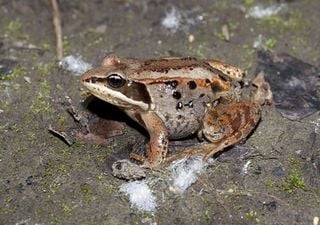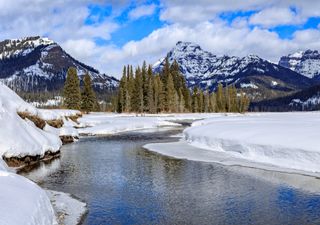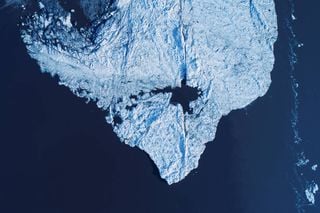Alaska's rivers and streams are rusting: Why is the water increasingly orange?
Some samples of the impaired waters have a pH of 2.3 compared to the average pH of 8 for these rivers. The problem is spreading to larger rivers. What is happening?
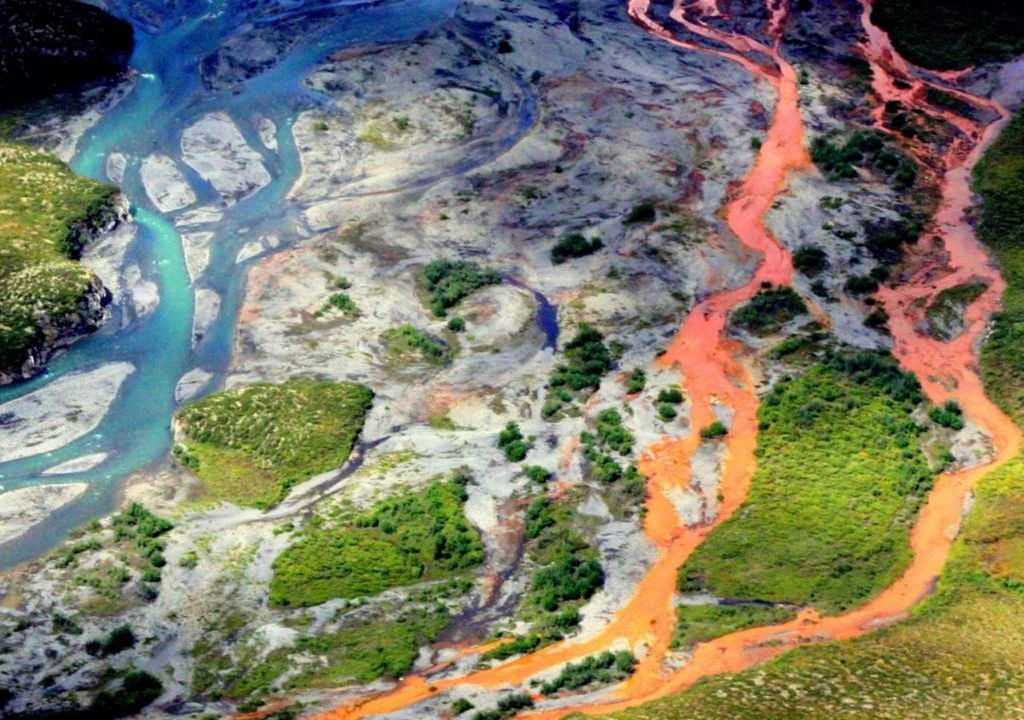
Dozens of the most remote streams and rivers in Alaska are changing from a crystalline blue to a murky orange, and this could be the result of minerals exposed by the melting of the permafrost, according to a new research published in the journal Nature Communications: Earth and Environment.
For the first time, a team of researchers from the National Parks Service, the U.S. Geological Survey, the University of California at Davis and other institutions have documented and sampled some of the deteriorated waters, identifying 75 locations in an area the size of Texas in the Brooks Range in northern Alaska.
These degraded rivers and streams could have significant implications for drinking water and fishing in the Arctic basins as the climate changes, the researchers said.
"The more we flew, we began to notice more and more orange rivers and streams," said lead author Jon O'Donnell, an ecologist from the NPS Arctic Monitoring and Inventory Network. "There are certain places that look almost like a milky orange juice. Those orange streams can be problematic because they are toxic but they could also prevent the migration of fish to the spaning areas."
Orange water in Alaska visible from space
O'Donnell first noticed the problem when he visited a river in 2018 that seemed rusty despite having been clean the previous year. He began to research and collect locations while taking water samples when possible in the remote region, where helicopters are usually the only way to access rivers and streams.
"The stained rivers are so large that we can see them from space," said Brett Poulin, assistant professor of environmental toxicology at UC Davis, who was the principal investigator of the research. "You have to dye them a lot to be able to capture it from space."
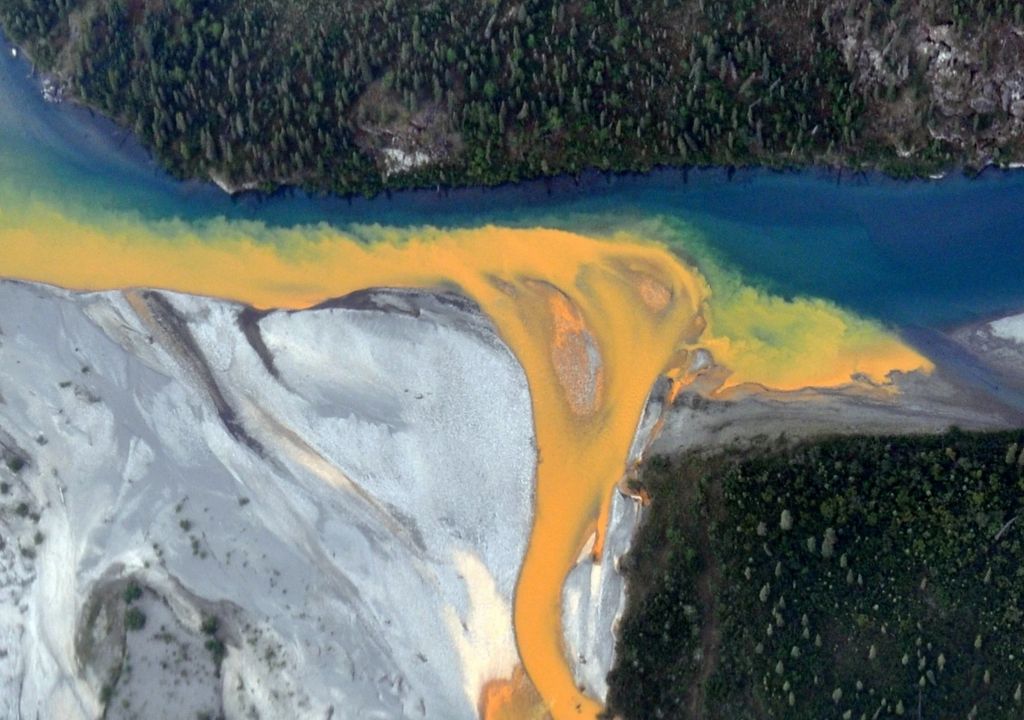
Poulin, whose experience is in water chemistry, thought that the staining resembled what happens with the acid drainage of the mines, except that there are no mines near any of the deteriorated rivers, even along the famous Salmon River and other waters protected by the federal government.
One hypothesis is that permafrost, which is essentially frozen soil, stores minerals and, as the climate warmed up, the metallic minerals that were once captured were exposed to water and oxygen, which resulted in the release of acid and metals.
"Chemistry tells us that minerals are eroding," Poulin said. "Understanding what's in the water is a fingerprint of what happened."
Highly acidic and corrosive conditions
Some samples of the deteriorated waters have a pH of 2.3 compared to the average pH of 8 for these rivers. This means that the sulfide minerals are eroding, which generates highly acidic and corrosive conditions that release additional metals. High or high levels of iron, zinc, nickel, copper and cadmium have been measured.
"We see many different types of metals in these waters," Evinger said. "One of the most dominant metals is iron. That's what is causing the color change."
High or high levels of iron, zinc, nickel, copper and cadmium have been measured.
Although O'Donnell noticed a change for the first time in 2018, satellite images have shown stained waters dating back to 2008.
"In time, the problem is slowly spreading from the small headwaters to the largest rivers," he said. "When emerging problems or threats arise, we must be able to understand them."
Understand the risk
Researchers are in the second year of a three-year grant aimed at understanding what happens in water, modeling what other areas may be at risk and evaluating the implications for drinking water and fish stocks.
The problem is growing and affecting the habitat, water quality and other ecological systems, turning healthy areas into degraded habitats with fewer fish and invertebrates. If rural communities depend on these rivers to obtain drinking water, they could eventually need treatment and the fish stocks that feed local residents could be affected.
"There are many implications," O'Donnell said. "As the climate continues to warm up, we would expect the permafrost to continue melting and, therefore, wherever there is this type of mineral, there is a possibility that the streams will turn orange and degrade in terms of water quality."
More work is needed to better understand the problem and whether the rivers and streams can recover.
Reference of the news:
O'Donnell, J.A., Carey, M.P., Koch, J.C. et al. Metal mobilization from thawing permafrost to aquatic ecosystems is driving rusting of Arctic streams. Commun Earth Environ 5, 268 (2024). https://doi.org/10.1038/s43247-024-01446-z






